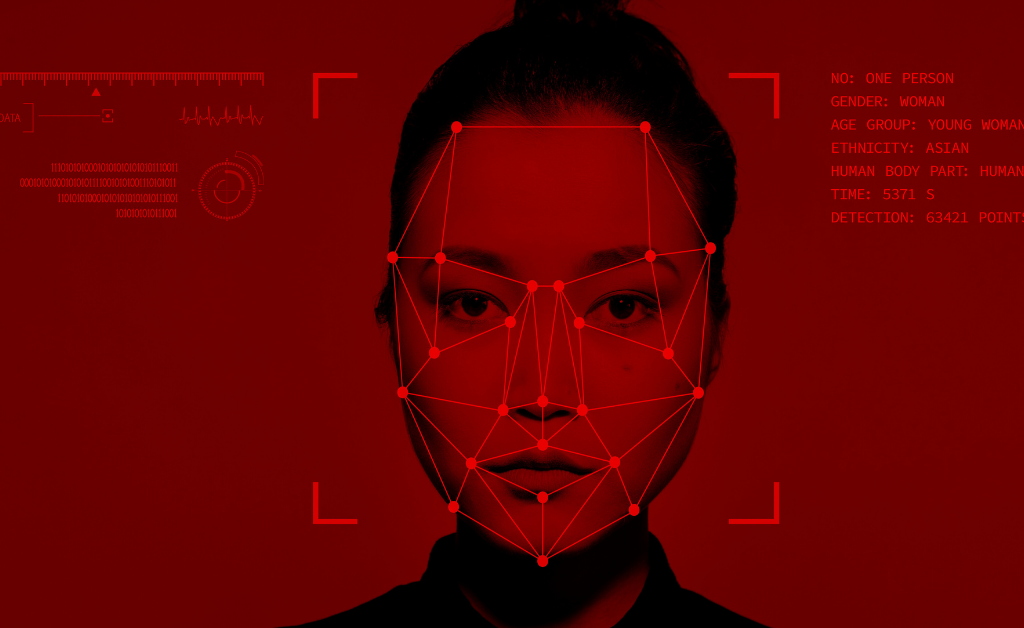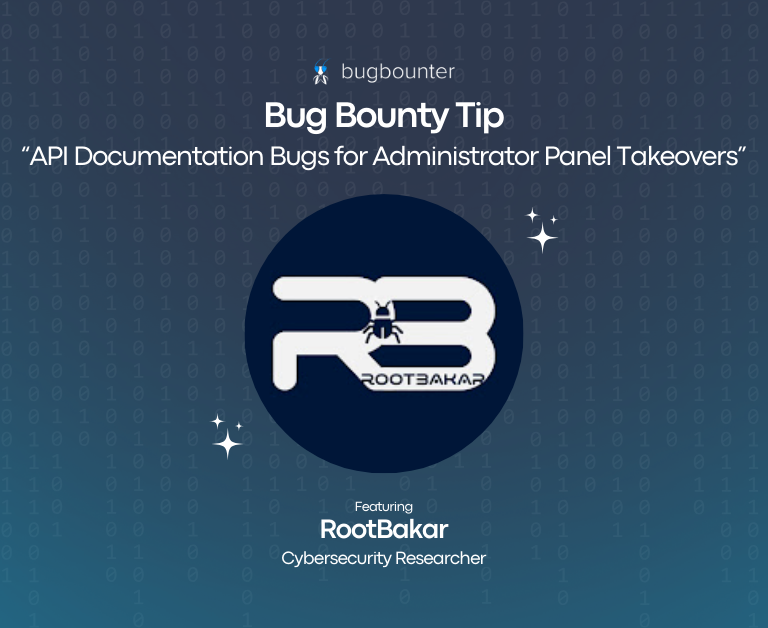B2B Cybersecurity Risks: Innovating Safely in the Landscape
The B2B landscape, where innovation and cybersecurity intersect, businesses must tread carefully to mitigate risks. This article explores key insights from recent cybersecurity trends, emphasizing the importance of a proactive approach.
Understanding the Global Cybersecurity Scene
Recent trends highlight the global nature of cybersecurity risks in international trade. With products and services becoming increasingly digitized, concerns about data privacy breaches and vulnerabilities are on the rise.
The Costly Impact of Cybersecurity Incidents
The financial toll of cyber threats cannot be overstated. Recent incidents, such as the HAFNIUM attack on Microsoft Exchange Servers, exemplify the potential financial losses. For businesses, the cost of managing a hybrid of on-premises and cloud technologies, especially in the aftermath of an attack, can be substantial.
Cloud Security as a Preferred Shield
In the face of rising on-premises and cloud attacks, prioritizing cloud security emerges as a strategic move. Cloud security not only simplifies management but also offers unified visibility and control across diverse technological generations. The flexibility of cloud security becomes crucial in safeguarding both old and new technologies simultaneously.
| Security Approach | Advantages |
|---|---|
| Cloud Security | Simplifies adoption, reduces maintenance overhead, ensures latest innovations, provides unified visibility. |
| On-Premises Security | Requires extensive upgrades, manages a complex mix, susceptible to vulnerabilities. |
Combatting the Ransomware Surge

The evolution of human-operated ransomware poses a significant threat, both financially and operationally. Unlike preprogrammed attacks, human-operated ransomware adapts, exploits network weaknesses, and can have prolonged dwell times. The financial implications for organizations, coupled with the disruptive nature of these attacks, necessitate a comprehensive defense strategy.
Insider Threats: A Dual Challenge
Insider threats, whether accidental or deliberate, are on the rise. Recent examples, such as the Shopify data breach, underscore the need for organizations to detect signs of potential threats.
| Warning Signs | Digital | Behavioral |
|---|---|---|
| Unauthorized Data Access | Frequent Office Hours Outside Norms | Displays Disgruntled Behavior |
| Use of Unauthorized Devices | Network Crawling and Searches for Sensitive Data | Violates Corporate Policies |
| Emailing Sensitive Data | Data Hoarding or Copying Sensitive Files | Discusses Resigning or New Opportunities |
Analyst Fatigue: A Growing Concern
Despite the increasing sophistication of attacks, security analysts often face burnout due to the relentless nature of their work. Acknowledging and addressing their efforts, enabling automation, and supplementing teams with external experts are crucial steps in maintaining a resilient cybersecurity workforce.
Augmented Intelligence and Deepfakes: Balancing the Scale

While machine learning aids defenders, attackers leverage the same technology in the form of deepfakes. The rise of AI and machine learning attacks, exemplified by deepfake impersonations, emphasizes the need for a human intelligence layer to decipher evolving cyber threats.
Learn more about deepfakes here on the relevant BugBounter LinkedIn Post.
Bug Bounty Programs: How Can They Be Help?

In the realm of B2B cybersecurity, leveraging bug bounty programs emerges as a potent strategy. These initiatives not only bolster a company’s defense against evolving threats but also cultivate a collaborative approach to identifying and mitigating vulnerabilities. Let’s delve into how bug bounty programs can play a pivotal role in navigating the intricate landscape of cybersecurity risks.
Conclusion: Building a Cyber-Resilient Future
In navigating the complex B2B cybersecurity landscape, businesses must adopt a proactive strategy. From prioritizing cloud security to addressing insider threats and supporting security analysts, resilience requires a holistic approach. By understanding recent trends and embracing innovative yet secure practices, organizations can fortify themselves against the evolving cyber threats in the digital age.
Learn more about cyber-resilience on the relevant BugBounter Blog Post.





